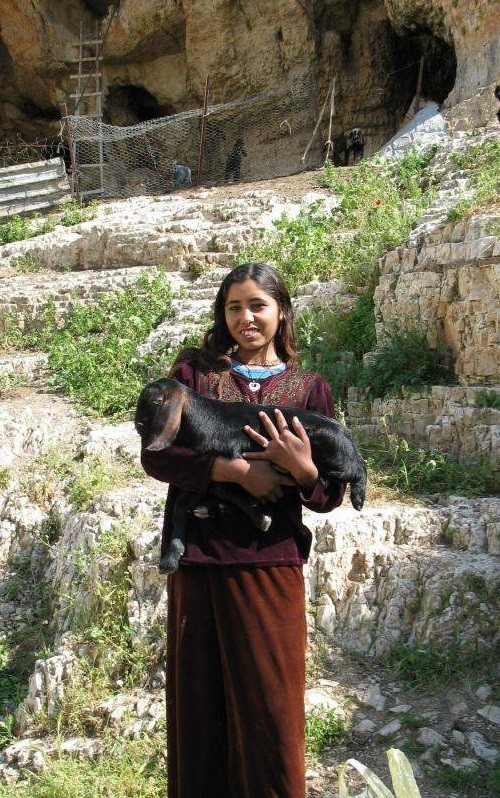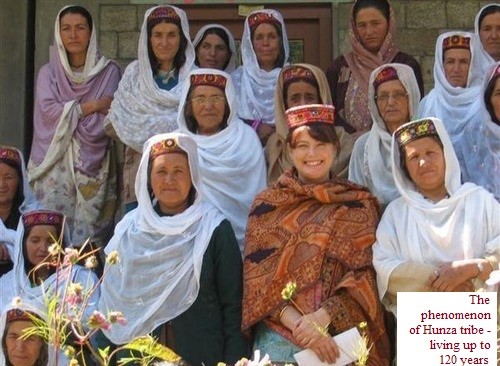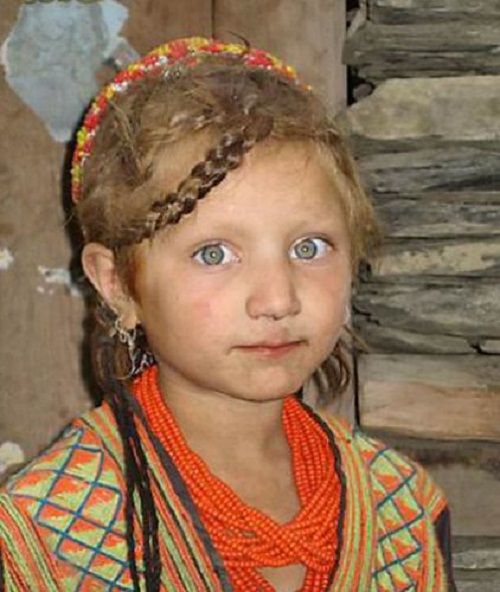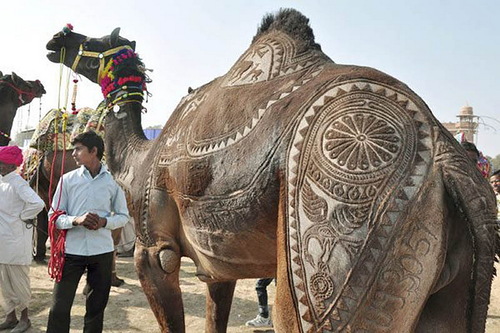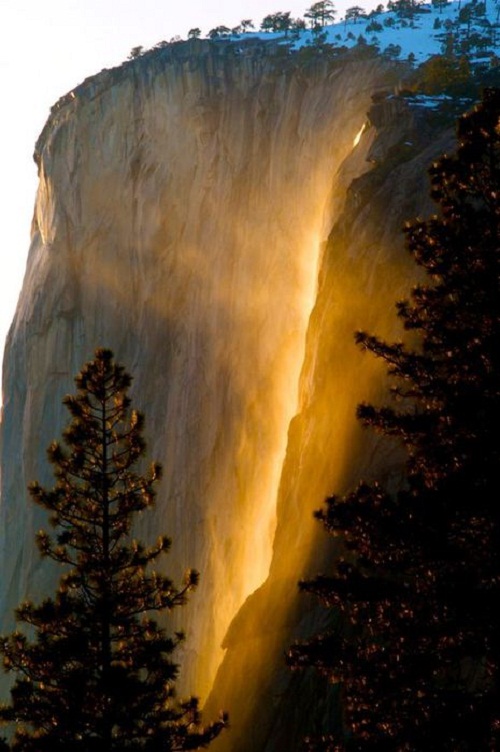Phenomenon of Hunza tribe
The phenomenon of Hunza tribe in Pakistan – living up to 120 years. Hunza Valley (the border of India and Pakistan), referred to as “an oasis of youth”. The duration of life of the inhabitants of this valley – 110-120 years. They almost never get sick, look youthful. Hence, there is a certain way of life, closer to the ideal, when people feel healthy, happy, do not grow old, as in other countries, as early as 40-50 years of age.
It is interesting that the people of Hunza Valley, in contrast to the neighboring peoples, look very similar to Europeans (as the Kalash who live very close). Hunza people bathe in icy water even at 15 degree frost, up to a hundred years playing outdoor games, 40-year-old woman looks like a girl, 60-year-old keeps harmony and elegance of figure, and a 65-year-old can give birth to children. In the summer they eat raw fruits and vegetables, in the winter – sun-dried apricots and sprouts, sheep’s cheese.
According to legend, located here dwarf mountain state was founded by a group of soldiers of the army of Alexander the Great during his Indian campaign. Naturally, they have established a strict military discipline here – so that the people had to sleep and eat, and even dance with swords and shields …
The local people relate to the fact that they are called the Highlanders with irony. Well, in fact, isn’t it obvious that they live near the famous “meeting place of the mountains” – the point where three highest of the world meet: the Himalaya, Karakoram and Hindu Kush. Of the 14 peaks of the Earth-eight thousand five are nearby, including the second after Everest K2 (8,611 meters), the conquering which in the mountaineering community is valued even more than the conquest of Chomolungma. And what about called by the locals “top killer” Nanga Parbat (8126 meters), a funeral record number of climbers? And the tens of seven thousand in height mountains, literally “crowding” around Hunza?
To go through these rock formations is not an easy task, if you are not a world-class athlete. You can only “seep” through narrow passes, gorges, paths. Since ancient times, these are rare artery controlled principalities, which are subject to significant duty of all passing caravans. Hunza was considered among them one of the most influential.
Hunza, along with some other valleys of the Himalayas, was in the territory, for which almost 60 years have been furious disputes between India and Pakistan.
Apricot hippie
It is believed that the Hunza was re-opened to the West by hippie who wandered in the 1970s to Asia in search of truth and exotics. Moreover, popularized this place so much that even today Americans call Hunza Apricot. However, this area attracted “flower children” with Indian hemp.
One of the main attractions of Hunza – glacier, which with wide cold river flows into the valley. However, on numerous terraced fields grow potatoes, vegetables and hemp, which is added as a seasoning for meat dishes and soups.
Hunza is attractive not only for the radical youth – here come fans of mountain travel and history fans and amateurs to get away from home, and, of course, numerous climbers …
It is difficult to say whether this principality was once founded by the soldiers of Alexander the Great, or by Bactrians – Aryan descendants of once united with the great Russian people, but there is some mystery in the appearance of this small and original people in their environment, of course. They speak their own language – Burushaski, which relationship has not yet been established with any of the known languages of the world, even though everyone here knows Urdu, and many – English. Like most Pakistanians, they are followers of Islam, but special wing, namely Ismaili, one of the most mystical and mysterious in religion of 95% of the population. Therefore, among the Hunza people you will not hear the usual calls to prayer, rushing out of the speakers in minarets. All prayers are quiet – a private matter and time of each.
Hunza River is a natural barrier to two medieval principalities of Hunza and Nagar. From the XVII century, these people lived in fortified villages. Interestingly that the inhabitants of a period when the fruit is not yet ripe – say “starvation in the spring”, which lasts from two to four months. In these months, they almost do not eat anything and only once a day, drink a drink made from dried apricots. This lent is elevated to cult and strictly observed.
Scottish physician McCarrison, was among the first to describe Happy Valley, emphasized that the intake of protein there is on the lower level, if any, it can be called normal. Daily caloric of Hunza averages 1933 kcal and comprises 50 g protein, 36 g fat, 365 carbohydrate.
McCarrison, upon returning to England, put interesting experiments on a large number of animals. Some of them were fed on a normal diet of London working-class family (white bread, herring, refined sugar, canned and cooked vegetables). As a result, in this group began to appear a variety of “human diseases.” Other animals were kept on a diet of Hunza and throughout the experiment remained completely healthy.
Where it is possible nowadays to meet people with good health? Scientists have long agreed that the theoretically ideal state of man does not occur in real life. Yet, it turns out, such people exist, however, small (only 15 000 people), of whom one can say that diseases are completely unknown to them. This is Hunza. Their average life span of 110-120 years.
Cows there are a little more than Saint Bernards, skinny goats and sheep graze on the slopes covered with stones. Cows give a little milk (less than two liters per day, and then only immediately after calving) and it contains less fat. Sheep do not give milk, goats – a little. Animal meat is completely fat-free.
Hunza sleep in stone houses in winter, where there are no windows (only one opening), sleeping on a stone bench. Livestock housed in the hallways. Of course, they have no firewood. Fire in the hearth is maintained by the dry twigs and leaves. On such fire they cook food, and wash clothes in cold water only. No animal is fat, no olives to obtain oil. Hunza live without baths, no hot water and no soap.
During the warmer 8-10 months Hunza live outdoors. According to reliable research, Hunza – the only healthy and happy people in the world. The reason for this lies in the nature of healthy food – full, natural and free of harmful impurities. Hunza eat poorly, but correctly. Their food is very low in calories, but the food is fully consistent with the physiological needs of the human body.
Phenomenon of Hunza tribe
source worldfortravel.com
